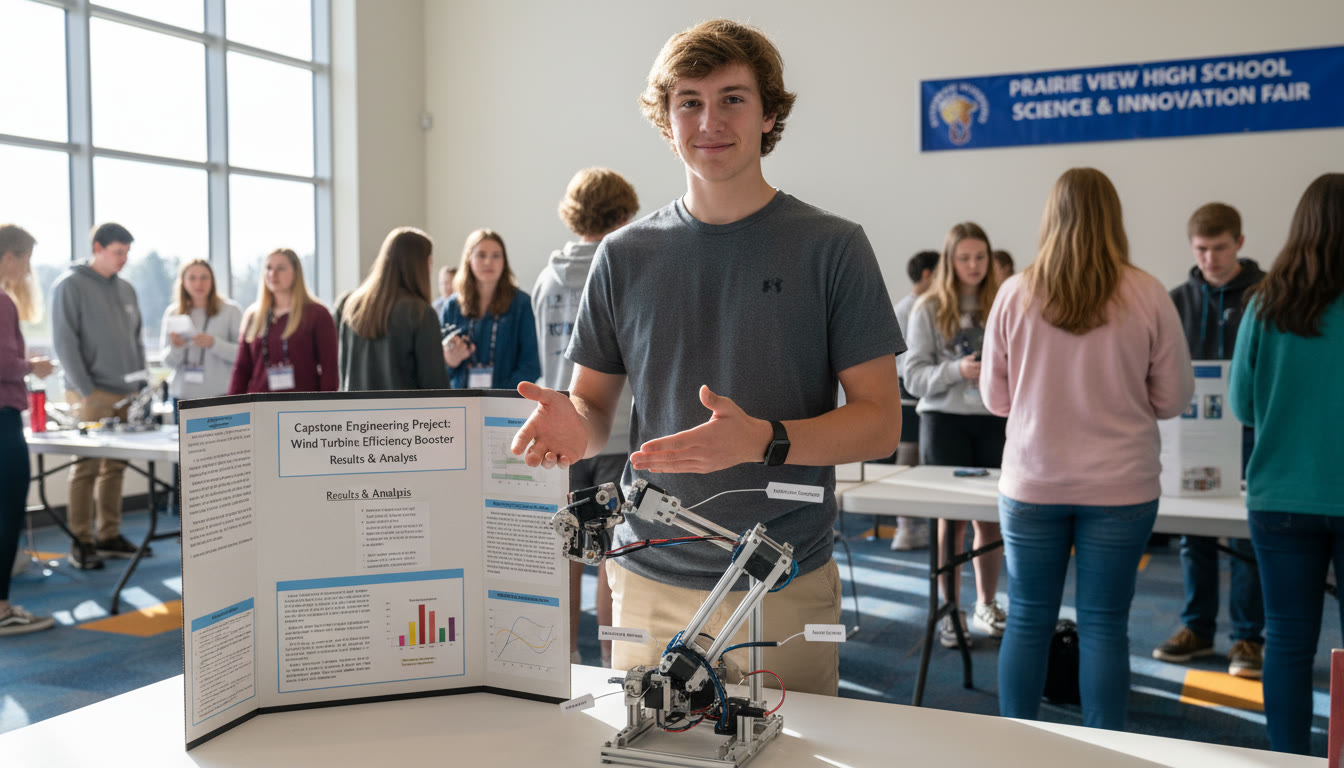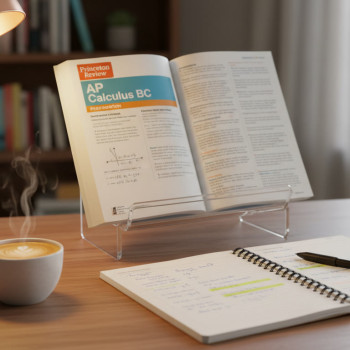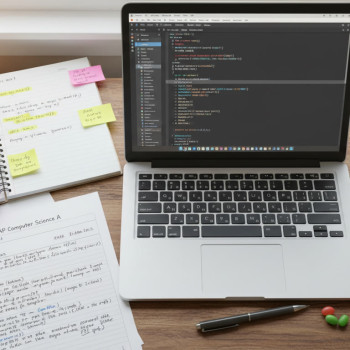Why a Kansas-Focused AP Plan Matters for Engineering and Business
If you’re a student in Kansas dreaming of engineering labs, startups, or a business degree at a top college, the Advanced Placement (AP) classes you take and how you prepare for them matter more than you might expect. AP courses build subject mastery, demonstrate academic rigor to admissions officers, and can save time and money once you get to college. But more than that, a well-crafted AP plan shows intentionality — you’re not just taking classes, you’re building a narrative: you want to engineer solutions or build companies. That story is powerful when it’s consistent across your transcript, activities, and application essays.
What this guide will give you
- Clear, Kansas-friendly AP course maps for Engineering and Business tracks.
- Concrete four-year sample plans you can adapt to your high school’s offerings.
- Study strategies, exam tips, and project ideas to stand out.
- How to use personalized tutoring and tailored study plans (for example, Sparkl’s 1-on-1 guidance and AI-driven insights) without losing your independent voice.

Core Principles for Planning APs — Keep These Front of Mind
Before we get into specific courses and timelines, anchor your planning in three simple principles:
- Depth over breadth: It’s better to excel in several APs relevant to your intended major than to collect every AP label. A high score in Calculus and Physics means more for future engineers than scattered scores across unrelated subjects.
- Sequence and readiness: Some APs require prerequisites or significant math background. Don’t rush into AP Calculus AB without solid precalculus foundations or you’ll hurt both confidence and scores.
- Show sustained interest: Pair AP coursework with extended projects, internships, or clubs (robotics, DECA, Young Entrepreneurs, coding teams). Admissions teams value sustained curiosity and initiative.
Recommended AP Course Pathways — Engineering vs Business
Below are two concentrated pathways that work well for Kansas students aiming at engineering and business majors. These are flexible templates — not rigid rules. Check what your high school offers and tailor accordingly.
Engineering-Focused AP Pathway
- AP Calculus AB (junior year) → AP Calculus BC if ready (senior year)
- AP Physics 1 (algebra-based) or AP Physics C: Mechanics (calculus-based) — choose based on math comfort
- AP Computer Science A (programming fundamentals)
- AP Chemistry (helpful for chemical/materials engineering) or AP Environmental Science (for sustainability focus)
Business-Focused AP Pathway
- AP Microeconomics and AP Macroeconomics (or single AP Economics if limited)
- AP Calculus AB or AP Statistics (statistics is often underrated for business analytics)
- AP Computer Science Principles or AP Computer Science A (coding for analytics and product work)
- AP English Language or AP English Literature (strong writing helps applications and internships)
Sample Four-Year AP Plans (Adaptable for Kansas Schools)
Use these sample plans as blueprints. If your school doesn’t offer a particular AP, supplement with dual-enrollment, online AP courses, or project-based learning that you can highlight in applications.
| Year | Engineering Track | Business Track |
|---|---|---|
| 9th Grade | Honors Geometry/Algebra II, Intro to Engineering/Robotics, Biology | Honors Algebra II, Introduction to Business/Entrepreneurship, Freshman English |
| 10th Grade | Precalculus, AP Computer Science Principles (if available), Chemistry | Precalculus or Statistics, AP Microeconomics (if available), AP English Language (if advanced) |
| 11th Grade | AP Calculus AB, AP Physics 1 (or Physics C if ready), AP Chemistry or AP Environmental Science | AP Statistics or AP Calculus AB, AP Macroeconomics, AP Computer Science Principles or A |
| 12th Grade | AP Calculus BC (or advanced math), AP Physics C: Mechanics/E&M, capstone engineering project | AP Calculus AB or AP Statistics, independent business capstone (DECA/entrepreneur project), AP English Literature |
Notes on Choosing Physics and Math
If you’re aiming for mechanical, aerospace, electrical, or civil engineering, prioritize AP Physics C (calculus-based) and AP Calculus BC. For computer engineering or software-focused paths, AP Computer Science and Calculus AB with a strong portfolio can also be compelling. For business, AP Statistics is becoming increasingly valuable for data-driven majors.
Study Strategies That Actually Move the Score Needle
AP exams reward conceptual clarity and test-specific practice. Your study plan should balance deep conceptual learning with frequent, focused practice on AP-style questions.
Weekly Study Routine (Example)
- 3–4 solid study blocks per week per AP (50–90 minutes). Rotate subjects to avoid burnout.
- One weekly practice AP section under timed conditions (e.g., multiple choice or free-response practice).
- Biweekly review of errors: keep an error log, rewrite explanations in your own words, and re-test on those topics the next week.
- Monthly full practice exam to build stamina and identify pacing issues.
Active Study Techniques
- Teach-back: Explain a concept to a friend or family member for 10 minutes—if you can teach it, you know it.
- Interleaved practice: Mix question types rather than doing blocks of the same type; this boosts retention.
- Equation sheets and concept maps: Build your own one-page summary for each AP subject you’re taking.
How Projects, Clubs, and Internships Complement APs
Your transcript is a math and science story — your activities are the proof that you lived the story. Admissions officers want to see how you applied what you learned.
- Robotics team projects that use physics and programming demonstrate engineering instincts.
- Internships at local Kansas tech firms, farm business analysis projects, or shadowing an entrepreneur show initiative.
- DECA, Future Business Leaders of America (FBLA), and school-run startups pair well with AP Economics and Statistics.
Sample Projects to Strengthen Applications
Projects are concrete evidence of interest. Here are examples that pair well with each track:
- Engineering: Design and build a weather data station that logs temperature, wind, and humidity. Use AP Statistics to analyze seasonal trends.
- Business: Launch a small e-commerce pop-up for a local Kansas craft, track sales, and present a market analysis using AP Microeconomics and Statistics concepts.
- Cross-Over: Build a simple app that connects farmers to buyers — show algorithms, UX thinking, and a business model.
How to Use Tutoring Smartly — Where Sparkl’s Personalized Tutoring Fits In
Tutoring can accelerate learning, but it’s most powerful when it’s personalized. Targeted, 1-on-1 tutoring helps close specific gaps, refines exam strategies, and keeps motivation high during senior-year crunch time. For example, Sparkl’s personalized tutoring offers tailored study plans, expert tutors in STEM and economics, and AI-driven insights that can highlight weak spots in practice exams so you don’t waste time on low-impact routines. Use these services to complement classroom learning — not replace it. The best results come when students bring questions from class, combine them with tutor feedback, and then practice under timed conditions.
How to Get the Most from Tutoring
- Bring concrete goals (e.g., improve AP Calculus score by one point, master FRQs in AP Physics C).
- Ask for modeled answers and strategies for free-response questions — not just answers.
- Request periodic progress reviews and adjustments to the plan based on practice exam performance.
Pacing, Timeline, and When to Take the Exam
Plan your coursework so that the AP exam follows a semester or year of focused preparation. Junior year is often the most AP-heavy — treat it like a marathon, not a sprint. If you’re taking AP Calculus AB in 11th grade and AP Physics in 12th, you’ll give yourself better preparation and higher performance chances.
Suggested Calendar
- Fall (October–December): Build a weekly practice habit and complete 2–3 timed sections per month.
- Winter (January–March): Increase practice frequency, take at least one full-length practice test under timed conditions.
- Spring (April–May): Final review, light content refresh, and focus on weak spots. Reduce new content intake to avoid overload.
Sample Timeline for a Kansas Junior in an Engineering Track
| Month | Focus | Milestone |
|---|---|---|
| August–September | Review core calculus and physics fundamentals | Complete diagnostic AP practice sections |
| October–December | Develop weekly timed practice routine | First full practice test |
| January–March | Targeted review on weakest topics | Second full practice test, adjust study plan |
| April–May | Polish free-response strategies and pacing | Exam month — execute calmly |
Common Pitfalls and How to Avoid Them
- Overloading junior year: Balance APs across years. If you take five APs in one semester, your learning may be shallow.
- Ignoring FRQs: Free-response questions are a major score component; practice constructing concise, well-organized answers.
- Skipping mock exams: Full, timed practice tests reveal pacing problems and endurance limitations.
- Not tying activities to coursework: If you take AP Physics, lead or join a project that uses those physics concepts — admissions committees notice cohesion.
Making Your Application Shine Beyond Scores
Top colleges look for intellectual vitality, not just test scores. Use APs to demonstrate your academic curiosity, then amplify that narrative with essays, projects, and recommendations.
- Use essays to tell one or two stories that connect your AP coursework to real growth moments.
- Ask teachers who know your work well (especially in AP classes) for recommendations that highlight problem-solving and character.
- Include AP projects and capstones in your portfolio or supplementals — concrete outcomes beat vague claims.
Realistic Expectations: Scores, College Credit, and Placement
Different colleges treat AP scores differently: some grant credit for 4–5 scores, others only use them for placement. Use APs to show readiness, but plan academics based on the assumption that you might use AP credit for placement rather than graduation. The more selective the engineering or business program, the more they’ll value rigorous math and subject mastery over credit hours alone.
Final Checklist for Students and Parents in Kansas
- Create a four-year plan with prioritized APs tied to intended majors.
- Balance course load: avoid clustering too many APs into a single semester.
- Schedule regular practice exams and keep an error log.
- Pair coursework with projects, internships, and leadership roles.
- Consider periodic 1-on-1 tutoring to shore up weak areas — targeted, expert help (for example, Sparkl’s personalized tutoring) can be especially effective in junior and senior year.
- Keep applications cohesive: let your AP choices, activities, and essays tell the same story.
Parting Advice: Keep Curiosity First
APs are tools — versatile and powerful — but they’re not the only measure of your potential. Don’t let scores replace curiosity. Build, test, fail, iterate, and tell that story. Take a robotics project that fails five times and finishes because you persisted. Launch a small business that teaches you budgeting and customer research. Those lived experiences combined with a thoughtful AP plan make application reviewers sit up and pay attention.
A final, practical note for busy families
Planning can feel overwhelming. Start small: map the next year, pick one measurable target (e.g., raise AP Calculus practice score by 10% in four months), and iterate. Use tools like personalized tutoring and tailored study plans to keep momentum — especially in the intense junior year. With consistent practice, authentic projects, and a clear narrative, Kansas students can build AP portfolios that open doors to top engineering and business programs.

Remember: excellence is cumulative. Each AP you take, each project you lead, and every practice test you finish is another block in a bridge to the next chapter — whether that’s an engineering lab, a business incubator, or a top college campus. Plan intentionally, practice smartly, and let your curiosity lead.


















No Comments
Leave a comment Cancel